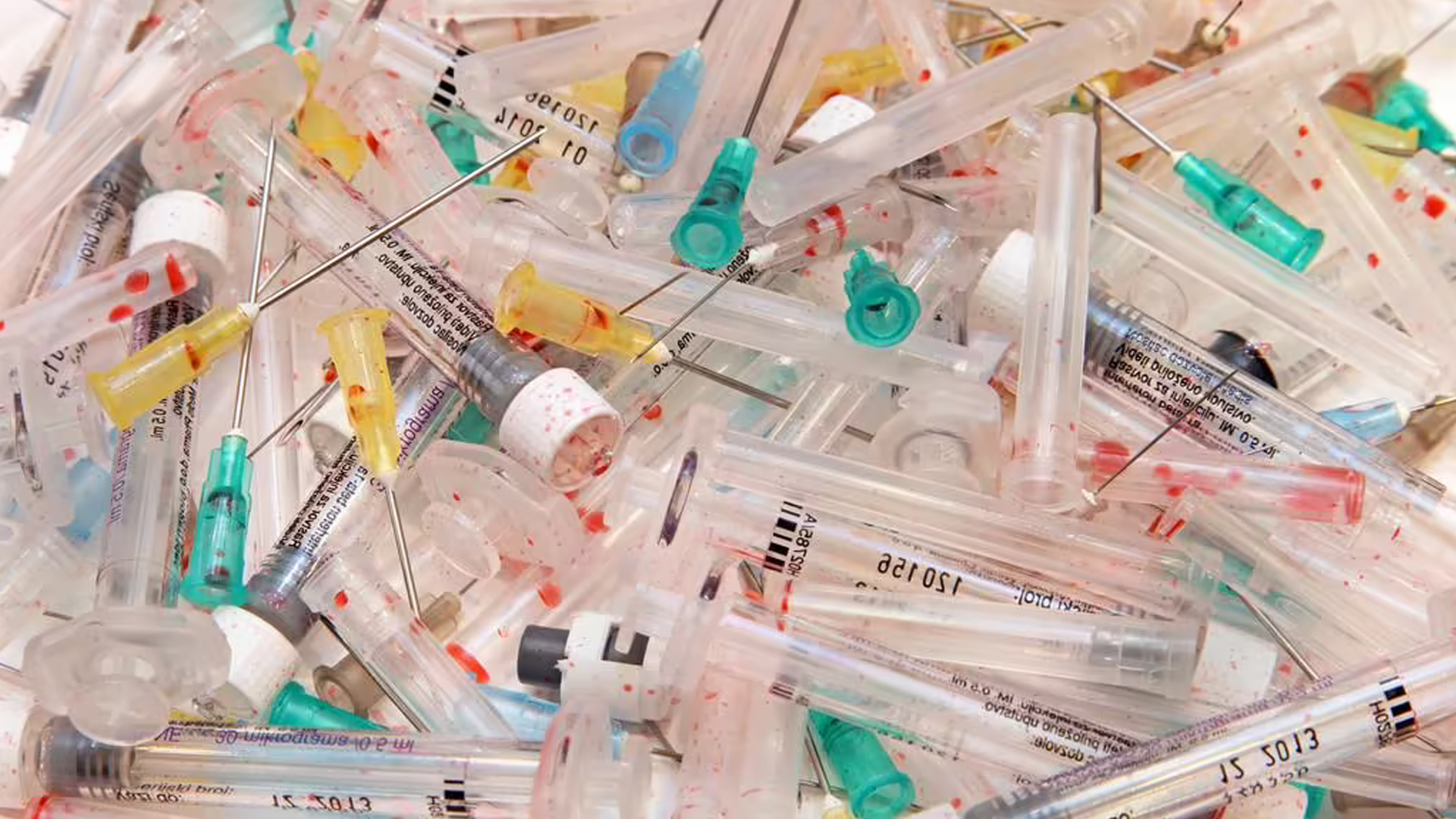
With the rapid advancement of medical technology, the management and disposal of medical waste has become a major global concern.
Medical waste contains a large number of hazardous substances. If improperly handled, it can pose serious risks to workers and the environment.
Medical waste treatment and recycling face numerous challenges, including a wide variety of waste types, difficulty in handling, and complex contaminants. Traditional treatment methods, such as incineration and landfilling, pose environmental pollution and waste of resources. Therefore, the search for more environmentally friendly and efficient treatment and recycling methods has become a top priority.
Ultrasonic cleaning machines, as an advanced and efficient cleaning technology, offer a new solution for medical waste treatment and recycling.
Ultrasonic cleaning machines utilize high-frequency sound waves to create a cavitation effect in the cleaning fluid, effectively cleaning surfaces.
1. Ultrasonic cleaning machines can play the following roles in medical waste treatment and recycling:
a. Initial cleaning of medical waste: Ultrasonic cleaning machines can effectively clean medical waste (such as syringes, catheters, surgical gowns, etc.), removing blood, body fluids, and other substances adhering to the surface, thereby reducing the difficulty of subsequent processing.
b. Degradation of Hazardous Substances: The cavitation effect generated by ultrasonic cleaning machines can biodegrade hazardous substances at room temperature. For example, some harmful chemicals can be rapidly degraded into carbon dioxide and water under the action of ultrasound, reducing their harm to the environment and human health.
c. Resource Recovery: Medical waste that has undergone ultrasonic cleaning and degradation can be further processed, such as for recycling. For example, some plastic products can be reused to manufacture new medical supplies through material recycling technology.
2. Case Study
For example, a medical institution introduced an ultrasonic cleaning machine to treat its medical waste. The specific process is as follows:
a. Sorted Collection: Medical waste, including disposable syringes, catheters, and surgical gowns, is collected by professional personnel according to category.
b. Preliminary Cleaning: The collected medical waste is placed in an ultrasonic cleaning machine for preliminary cleaning to remove surface substances such as blood and body fluids.
c. Degradation of Hazardous Substances: The medical waste after preliminary cleaning is placed in an ultrasonic cleaning machine for further processing, utilizing the cavitation effect to degrade the harmful substances contained therein.
d. Resource Recovery: Medical waste that has undergone ultrasonic cleaning and degradation can be recycled. For example, plastic products can be reused to manufacture new medical supplies through material recycling technology. This method has been proven to effectively reduce environmental pollution caused by medical waste, achieve resource recycling, and achieve positive social and economic benefits.
3. Ultrasonic cleaning machines play a vital role in medical waste treatment and recycling, not only improving treatment efficiency but also reducing environmental pollution and achieving resource recycling. However, the current application of ultrasonic cleaning technology in medical waste treatment and recycling still faces certain challenges, such as equipment cost and technological maturity. Therefore, further research and improvement of the application of ultrasonic cleaning technology in medical waste treatment and recycling are needed to promote the development of green and environmentally friendly healthcare.







